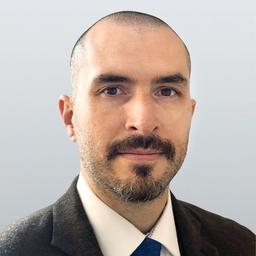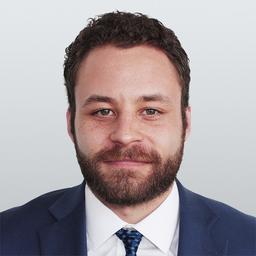Prime Minister Mark Carney appointed his cabinet ministers on May 13, with a mix of change and continuity as some former ministers were dropped and newly elected MPs were elevated.
Some of the new cabinet members include former broadcaster Evan Solomon, former Vancouver mayor Gregor Robertson, and former Hydro One chair Tim Hodgson.






